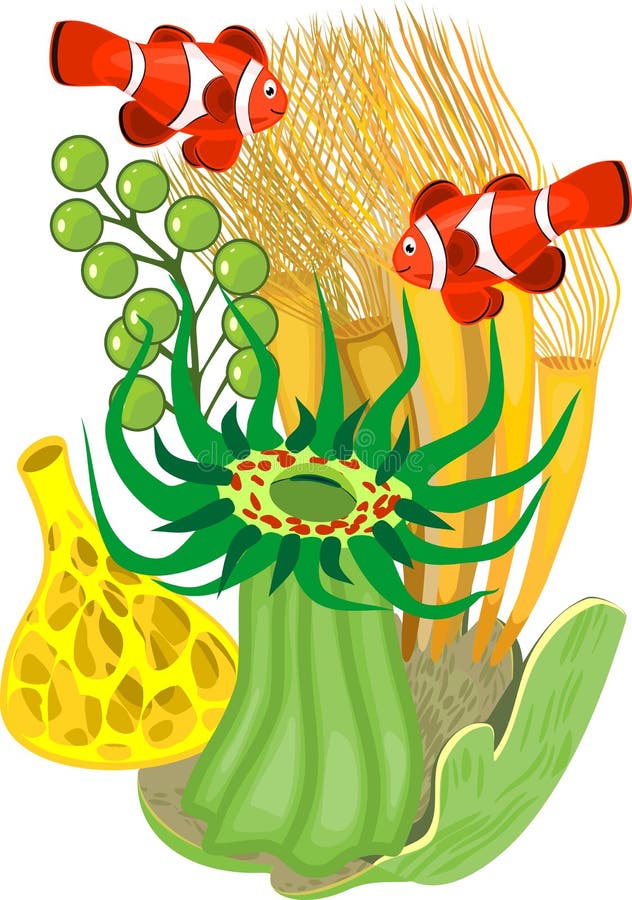

These summer and autumn flowering perennials reach anything from 2-5ft (60cm-1.5m), with large boldly divided foliage and sprays of flowers like huge buttercups in reddish purples, pink shades and white.Īpart from being noticeably larger plants than other anemones, these summer and fall varieties have deep woody roots that can spread. Their bold foliage is a feature before they bloom, and in flower they provide a softer look alongside fall stalwarts including different types of dahlias and chrysanthemums. Japanese anemones are tall and prolific and very easy-to-grow, very frost hardy perennials. Japanese anemonesįor mid summer to mid fall, the choice is clear. (Image credit: Alamy Stock Photo / Avalon.red) 3. ‘Hollandia’ is a vibrant red, ‘Mr Fokker’ is deep blue. They can also be planted in rows specifically as cutting garden flowers. Look for De Caen Group with single flowers, the St Brigid Group with semi-double flowers, and a few named varieties in single colors. They are definitely worth adding to your Mediterranean garden ideas when planning a border in a sunny spot. Mediterranean anemones appreciate plenty of sunshine, good drainage and a dry spell in summer. After flowering the plants die back and remain dormant until the next growing season. When planting bulbs, make sure your soil is enriched with well-rotted compost or manure and drains well, as bulbs and tubers rot in soggy earth. Sometimes called poppy anemones, from the red flowers of wild types, from rather knobbly, nut-like tubers, prettily divided leaves and upright 10-12in (25-30cm) flower stems develop in spring and early summer. If you are looking for plants to add to a gravel garden and other places with hot, dry summers and mild winters choose the Mediterranean types. (Image credit: Alamy Stock Photo / John Richmond) 2. They make good woodland plants as they appreciate dappled or partial shade and fertile soil. Small flowers up to 1.5in (4cm) across with up to a dozen petals in blue, purple, yellow or occasionally pink open just above the prettily divided foliage. Often called wood anemones, these spring-flowering plants are low growing with rather brittle roots looking a little like twigs, that spread steadily just beneath the surface.įor shady situations, either under or around deciduous shrubs, under deciduous trees or sheltered from the heat of the midday sun, the spring flowering, shade loving wood anemones will hold their own amongst the best ground cover plants. (Image credit: Alamy Stock Photo / Imagebroker) The different kinds of anemonesĪnemones can conveniently be split into three groups, each with its own style and its own needs: spring flowering woodland varieties (wood anemones) that you can pair with other shade-loving plants, spring-flowering sun lovers (Mediterranean anemones), and summer and fall flowering (or Japanese) anemones.


 0 kommentar(er)
0 kommentar(er)
